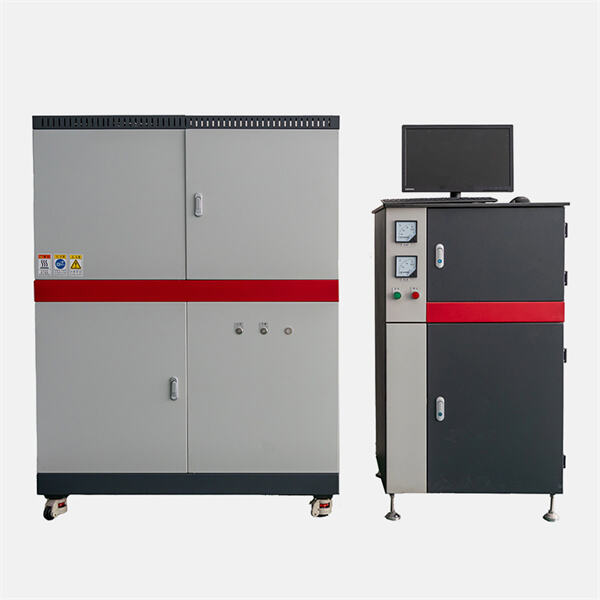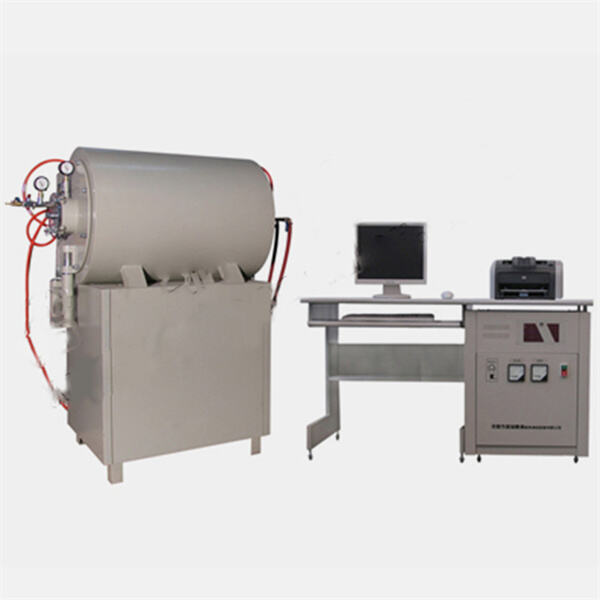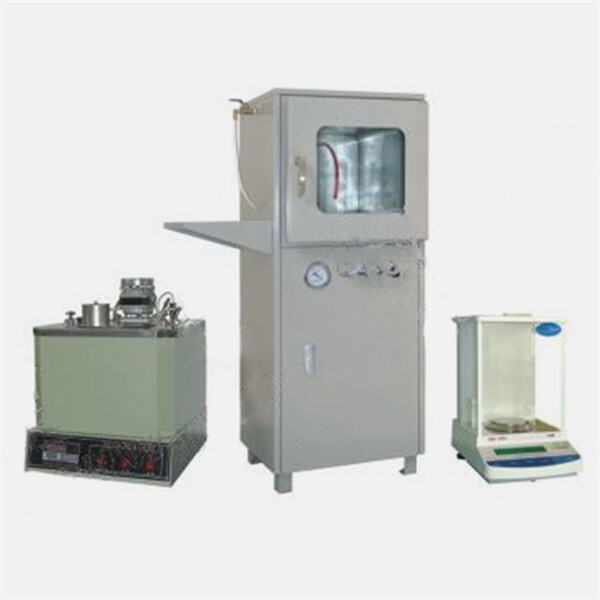There are special heat resistant materials. This gives rise to what are known as refractory materials. They are very important and are used for different types of industries including the production of steel, glass, and cement. Refractory materials are needed due to the high reaction temperatures, which will break optimal catalysts down into particles. It is important to perform Testing of these materials in order to ensure that they perform efficiently and safely at their respective jobs.
In this part, we will see how these unique materials can be tested. We test because we want to make sure that once used, the materials are robust and long-lasting. Refractory materials can be tested in a number of ways, with each method yielding specific and valuable insights:
Chemical analysis: With this type of investigation, the material is taken to a laboratory for scientific analysis of how the chemical composition of the material reacts. We need to perform this analysis in any of the scenarios in which we could be using that material so we would know how it would react to it.
There are some important factors to consider when testing refractory materials. These include the temperature that the material will be applied in. Each type of refractory material can withstand its own temperature range. This is why we need to get the material right for the job. We should also look at how big and what shape the material is, how empty it is (porosity), and its chemistry. All of these factors can impact the quality of performance of the substance.

There are good reasons to test materials. One major reason is safety. High-temperature work with refractory materials, which is used in locations like steel and glass manufacturing factories. When materials work inappropriately, it can end up in serious consequences such as a fire or explosion or even other types of accidents. This is why testing is absolutely necessary and needed to make sure that these materials can be used in the respective applications, safely.

Another important reason to test these materials is to ensure that they operate properly. Refractory materials must perform their function under high temperatures. Testing allows us to ensure that they will operate as intended. This also informs us about how long the material will remain before and during its usage and if it will be durable enough to withstand the conditions that it will endure.

It is also important to test the materials in different conditions so that the refractories can perform their best effort. Thermal cycling is one of the most common conditions we will test for. The material is subjected to multiple cycles of heating and cooling to simulate rapid temperature fluctuations, this is the test that characterizes the mechanical failure behavior. This test is crucial in getting an insight into how these materials respond to thermal shock.
The primary products offered by the company include automated sample refractory material testing for spectral analysis as well as physical tests for performance of shapeless unshaped and ceramic fibers refractory products other products including medium and high temperature heating furnaces equipment for preparing samples as well as high temperature heating elements and the linings of high-temperature furnaces computer control systems instruments laboratory chemical reagents and other reagents for laboratory use
Through continuous RD investments, technological advancement and product quality improvement, the company has successively obtained ISO9001, CE, SGS and various other certifications. It also has CMC national measuring instrument production license for the refractory material testing, which is backed by independent intellectual property rights, and more than 50 patents for inventions in the national market as well as utility model patents.
We are very proud of our top-quality equipment because we have not only experienced application engineers, but also design engineers who are attentive to the smallest details and refractory material testing. With rich high-temperature testing experience we can supply custom thermal testing instruments for individual projects; provide users with high-temperature test technology, consultation and sample testing services; providing comprehensive and complete laboratory solutions.
Our products are used widely in the metallurgy and refractory material testing and also in building materials, chemical, machinery and various other composite materials industries. Through international transportation, major universities of the company and national quality inspection authorities and scientific research centers and refractory materials and production units as well as steel units are exported to areas and countries that are located in Asia, Europe and Middle East. Methods for transportation: We provide sea transportation, air transportation express delivery, and railway transportation.